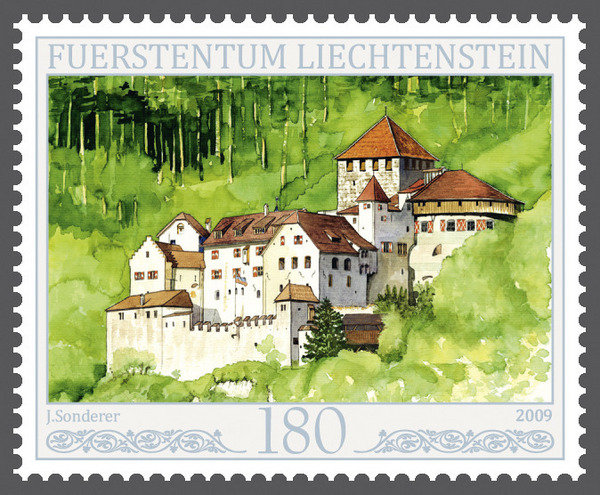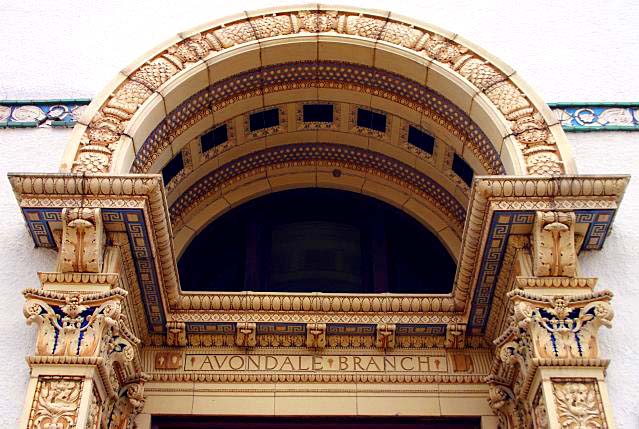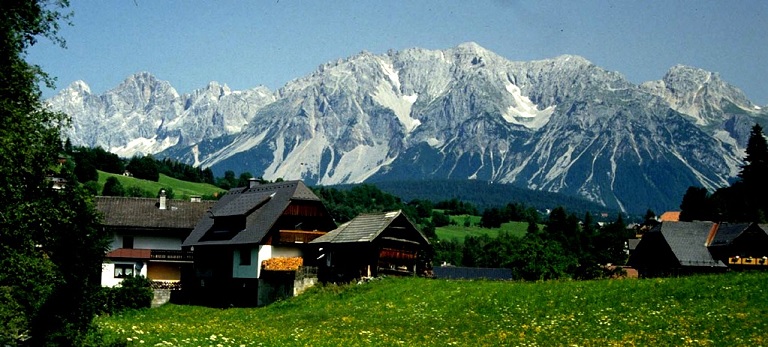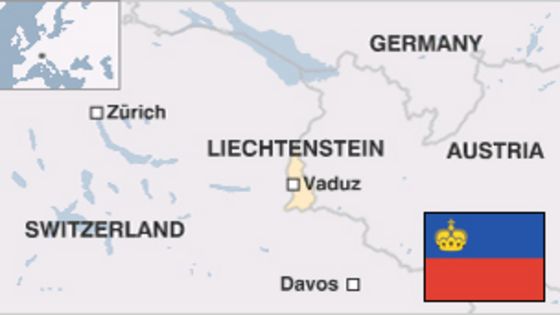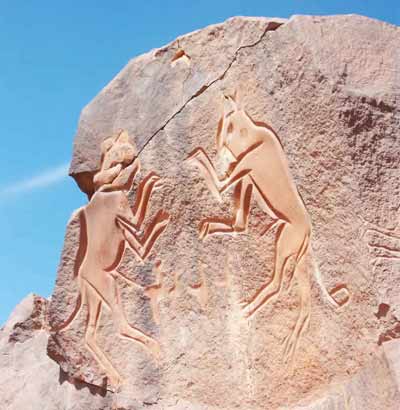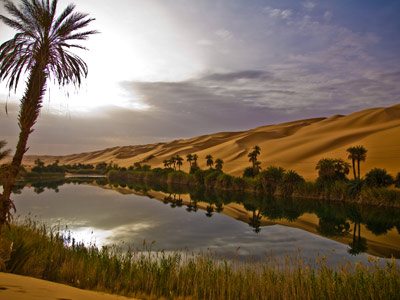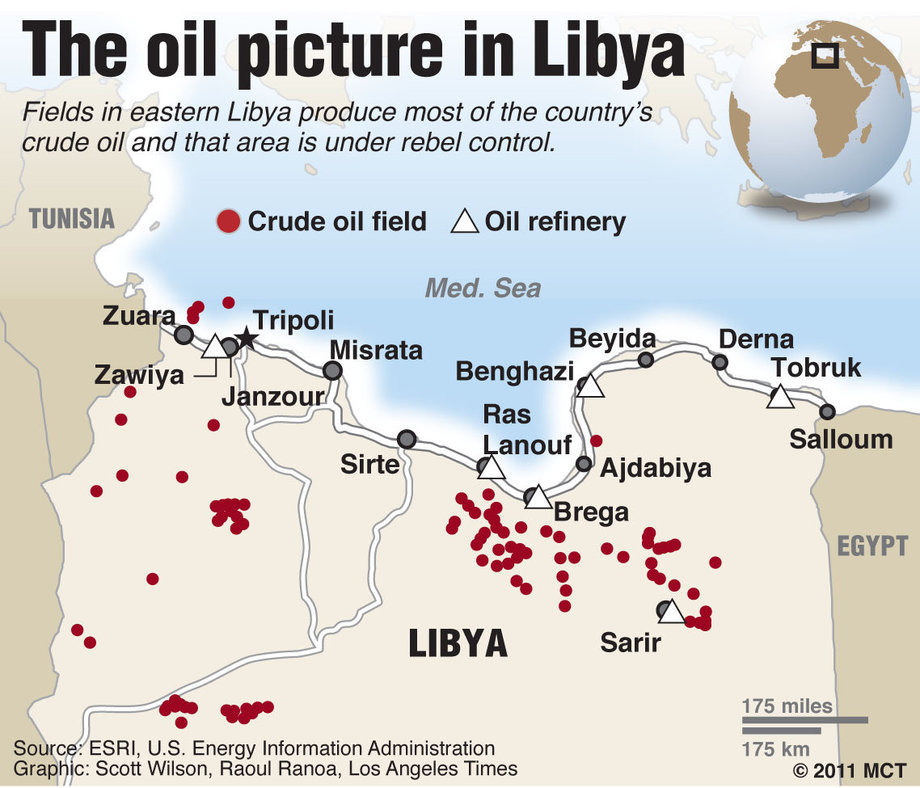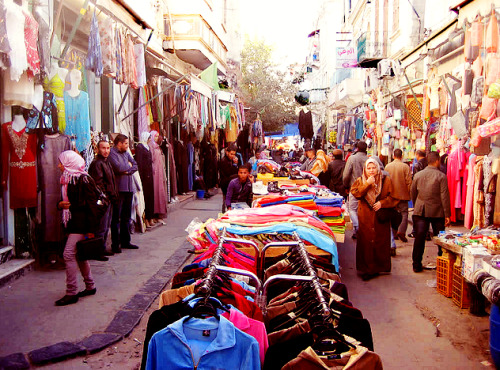I’ve been preparing for this meal all week. Literally.
Thankfully, my brother-in-law caught a deer this year and had a bunch of it ground
and some cut up into steaks. So, I was able to get a couple steaks off of them,
and my sister threw in a couple tubes of ground deer as well. I started
marinating the deer on Tuesday, so hopefully after almost a week, it should be
good and tender.
 |
| This is probably one of the best parts of the meal. Who doesn't love cookies? To be honest, we ate them all up. |
Today we’re cooking food from Liechtenstein. It was kind of
difficult to find an actual bread recipe from this country posted online. So, I
expanded out a little bit and found a traditional Christmas cookie recipe instead
that was posted on the embassy website. (Because the last day of January is not
too late for Christmas cookies.) I went with a type of butter cookie called
mailänderli. I made the dough by creaming one stick of butter until it was
smooth and then adding in about 2/3 c sugar and 2 eggs, beating it until it was
light and fluffy, more or less. In a separate bowl, I mixed in 2 c of flour and
a pinch of salt. I gradually poured in my flour to the butter and mixed until
it was the consistency of a dough. Then I put it into the refrigerator to chill
for a couple of hours (it’s best to let it sit overnight, but I forgot). When
it was time to bake, I rolled my dough out so that it was about an 1/8” to a ¼”
thick. I let my son use a star cookie cutter to cut out shapes (do you know how
hard it is to find cookie cutters after Christmas?) and put them on a
parchment-lined cookie sheet. Then I let him lightly brush each cookie with an
egg wash (1 egg yolk plus 2 Tbsp water). These went into a 375ºF oven for about
8-10 minutes. I left them in there an additional 2 minutes and they were
perfect. It had been so long since I have made cookies from scratch, but these
turned out just fine. I think it’s also a good basic butter cookie recipe.
There are so many possibilities of adding in other ingredients (I think it
would be good with a little almond extract.). The egg wash gave it a nice smooth,
slightly firm top, but the cookie itself was soft and flavorful.
 |
| Actually, these were pretty good. I thought the asparagus ones were good. |
This side dish is probably best as an appetizer. I read that
they use asparagus a lot, but I couldn’t find any definitive recipe using it. I
did find a mention in one article of asparagus canapé. I did manage to find one
recipe of an asparagus canapé; I don’t think it’s from Liechtenstein, but we
can pretend it is for all intents and purposes. For this, I mixed together some
blue cheese crumbles, some chive and onion cream cheese, and a little bit of
heavy whipping cream. (I left the walnuts out.) Then in a small skillet, I
heated some butter and sautéed a little bit of shallots before adding in my
asparagus, salt, and pepper. On bruschetta toast, I spread a little of the
cheese mixture and topped it with the asparagus mixture, garnishing it with a
little lemon zest. Because my husband hates asparagus, I also made one with
mixed mushrooms (crimini, shiitakes, and oyster mushrooms) and garlic sautéed
in a little olive oil and Worcestershire sauce. The kids liked the mushroom
ones better, and my husband—who made a big deal about hating asparagus—actually
thought the asparagus ones were better.
 |
| Um, not so good. The flavor was there, the texture was not. |
Next, I decided to go with Käsknöpfle. I made a very similar
dish for Austria, but because this was always the first recipe mentioned on
anything related to Liechtensteiner cuisine, I felt inclined to include it. In
a bowl, I poured in my flour and salt. In a separate bowl, I beat 5 eggs with
some water, adding this to the flour mixture and mixing it to form a dough. I
added a little water to thin it out since it looked too thick. In a small
skillet, I fried my onions in oil for about 10 minutes until they were
caramelized, and set aside when they were finished. At the same time, I boiled
my water with a pinch of salt. When it was ready to go, I poured my batter
through a colander into my boiling water. It globbed all up and didn’t drain
through the holes of the colander like I thought it would. It wasn’t very
appealing looking, and I wasn’t even sure how to tell if it were done. I tried
to drain it and placed it in a bowl and then added my grates Swiss cheese to
it. (The recipe called for Gruyère cheese, and I actually found some, but it
was far more expensive than I could work into my budget.) I stirred in the
grated cheese into the hot pasta to melt it and then topped it with the caramelized
onions. While it didn’t look appetizing, I didn’t think it tasted bad. It was
almost the consistency of creamed corn or something. My son thought it was
good. It was just so-so in my book.
 |
| Seriously, I know it's bad for you, but fried potatoes and bacon are my favorites. |
The next side dish I made was called alpine rosti. I started
this by cutting up a couple slices of bacon into small pieces and frying it,
setting it off to the side when it was done. Then I peeled and grated two
potatoes and mixed in the bacon into the shredded potatoes. (I supposed I
could’ve just bought some frozen hash browns perhaps and saved myself a little
time. Probably wouldn’t have tasted the same, though.) Then I added in some
salt and pepper. In a skillet, I
melted some butter and formed patties with the potatoes and fried them until
they were brown, flipping them and frying the other side as well. When they
were done, I removed them and sprinkled a little of the grated Swiss cheese on
top to let it melt while it was still hot. Some people make this as a
stand-alone dish and serve it with a fried egg on top, but since I’m serving
this as a side dish, I left the egg off. Although I think it would make for a
great breakfast idea. I liked this side dish. It was probably my favorite part.
It needed a lot more bacon in it, though.
 |
| My husband has been letting me know off and on for the past hour how sour this was and not to ever make this gravy again. |
Finally for the main dish: jugged venison. I took out my
venison from the refrigerator that had been in there for the past five days and
drained the marinade into a separate bowl, letting the meat drain for a couple
of hours. (I did this first before making the cookie dough.) When I was ready,
I heated some oil in a pot to sear the meat with a little salt. Then I strained
the marinade through a cheesecloth-lined colander. Meantime, I fried the rest
of the mirepoix vegetables in a little oil and added it to my seared meat to
fry together before pouring in the marinade and letting it simmer for about an
hour. While that was cooking down, it was time to make the red wine gravy. The
recipe actually calls to make this with pig’s blood, but I’m pretty sure that’s
difficult to find. In fact, I didn’t even try to find it. So, I’m modifying my
recipe and using a cup of cabernet sauvignon, a little bit of apple cider
vinegar, seasoning it with salt and pepper and thickening it with flour. It
turned a lovely plum color but was sour. When the meat is done, I scooped out
the meat and set it on a plate, serving the meat topped with some of the gravy.
The meat was fine, really tender and had a nice flavor. It had certainly been a
while since I’ve made any venison. But the red wine gravy was too much. First,
it was too sour (perhaps the pig’s blood would’ve cut it?). Second, the meat
still had a wine flavor to it anyway. I think it would’ve been better with a
different kind of gravy instead. I may have to figure out a way to modify this
tomorrow.
 |
| Overall, this meal was about 50/50. But I could make it better. So, maybe next time. |
I learned a lot about this tiny country. Well, seeing how I
didn’t know hardly anything about it at all when I started, everything was
fairly new. I now have a couple new bands I’m going to listen to this week. I
say new, but I mean new-to-me. And although my feet are tired, I spent my
Sunday afternoon doing exactly what I love: cooking, watching Classic Dr. Who
episodes (since Netflix is dropping it from streaming in the US, and I’m not a
British citizen, although I would like to be for other reasons not related to
Dr. Who.), and just being with my family. No one had to go anywhere, no one had
anything pressing to do, and the weather was warmer. It was the perfect Sunday,
even if dinner was partially meh. But at least there are cookies.

